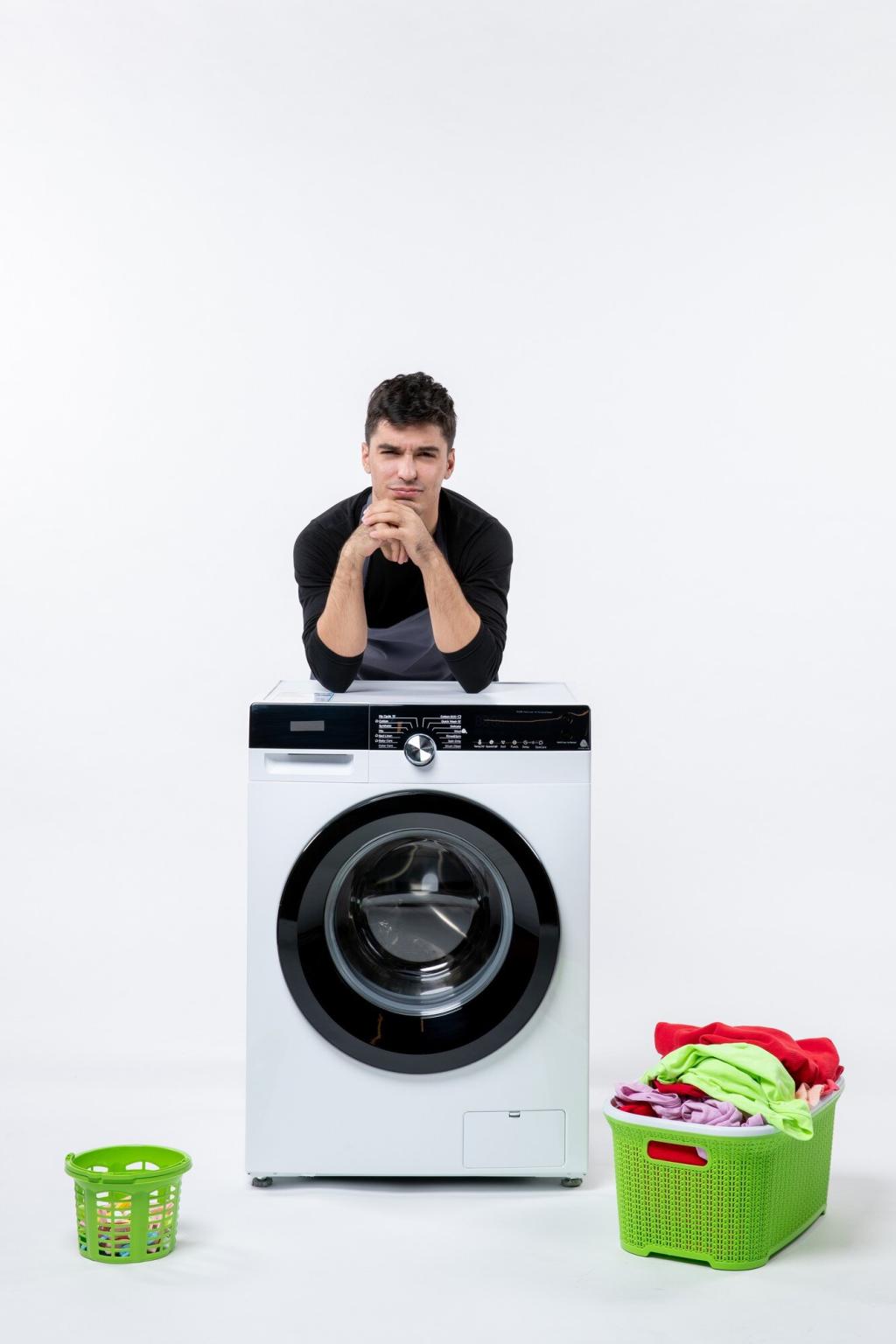Smart Home Spotlight: WiFi-Connected Laundry Systems
Chosen theme: WiFi-Connected Laundry Systems. Turn laundry from a chore into a quietly intelligent routine powered by your home network, helpful apps, and gentle automation. Stick around for practical tips, real stories, and future-proof ideas. Enjoy this guide and subscribe for more connected-home insights!
Sensors, firmware, and the cloud behind every clean load
Inside a WiFi-connected laundry system, vibration, moisture, weight, and temperature sensors inform firmware decisions about spin speed, water usage, and drying time. Cloud services refine recommendations, enabling smarter cycles that protect fabrics, save energy, and send timely updates about performance and maintenance.
Companion apps that turn cycles into conversations
Companion apps translate machine data into everyday actions: start or pause cycles, tweak spin speed, or select eco modes from the couch. Smart alerts prevent damp-laundry forgetfulness, while guided presets help new users nail delicate fabrics without guesswork or repeated trips to the laundry room.
From cycle telemetry to predictive maintenance
Telemetry tracks how frequently you wash, which programs you prefer, and how motors and pumps perform. Over time, the system predicts when filters, gaskets, or detergent drawers need attention. Predictive maintenance avoids surprise breakdowns and keeps performance consistent—share your maintenance wins with our community.

Choosing between 2.4 GHz range and 5 GHz speed
Many laundry rooms sit behind thick walls, water pipes, and appliances that attenuate signal. For reliability, 2.4 GHz often wins due to better range. If your machine supports dual-band or mesh steering, test both bands and lock the one that proves most consistent.

Beating interference in tile, brick, and basement spaces
Concrete, tile, and metal create WiFi dead zones. A mesh node near the laundry room, elevated from the floor, can stabilize connections. Avoid placing the router behind the washer or dryer; reflective surfaces scatter signals and undermine pairing and firmware downloads.

Guest networks, VLANs, and safe IoT segmentation
Segmenting smart appliances on a dedicated SSID or VLAN limits risk and keeps your primary devices private. Use strong, unique passwords and WPA2 or WPA3 encryption. If your router supports it, restrict cross-network traffic while allowing manufacturer cloud access and app control.
Efficiency, Sustainability, and Savings
Dynamic water and energy optimization you can see
Load-sensing adjusts water levels and spin duration, while moisture sensing trims drying time to minutes, not guesses. App dashboards visualize savings by cycle, nudging you toward cooler washes that still perform. Over a year, these nudges quietly add up to meaningful reductions.
Peak-hour awareness and utility integrations
Some systems integrate with utility programs or home energy monitors to schedule cycles outside peak pricing. Combine that with solar production windows for carbon-friendly runs. Set a flexible window, then let the app pick the cheapest, cleanest start time automatically.
A real family trims bills by eighteen percent
In one reader’s two-story home, moving routine loads to off-peak hours and enabling eco presets cut electricity and water costs by eighteen percent over six months. Their favorite part wasn’t the savings alone—it was fewer rushed loads and more predictable laundry rhythms.




Run updates while the machine is idle, on a stable network, with the app open. If updates stall, move closer to the access point, disable VPNs briefly, then retry. Keep release notes handy to understand changes and leverage newly added cycle improvements.

Monthly tub-clean cycles prevent residue and odor. Rinse detergent drawers, check inlet filters, and clear lint paths. Calibration runs help sensors read loads accurately, improving spin efficiency and drying precision. Put recurring reminders in your app so maintenance becomes nearly automatic.

If the connection flakes, confirm the SSID hasn’t changed, check DHCP leases, and note RSSI levels from the app or router. Reboot the mesh node nearest the laundry room. As a last step, re-pair through the manufacturer’s onboarding flow to refresh tokens.
Encryption, certificates, and local control options
Prioritize devices that support TLS encryption and signed firmware. If available, enable local control for routine commands to limit cloud dependency. Strong device passwords, timely updates, and rotating API tokens add layers that protect your routines from unnecessary exposure.
Data minimization and meaningful consent
Review which analytics are optional. Disable marketing telemetry, opt out of unnecessary diagnostics, and delete old device profiles when selling or moving. Good vendors document retention windows and let you export or purge data quickly—policies worth checking before you commit.
Emerging standards like Matter and Thread promise simpler onboarding and consistent local control across brands. Expect faster, more reliable automations that survive internet outages. This shift should reduce cloud lock-in and make cross-ecosystem routines far easier to configure and trust.
